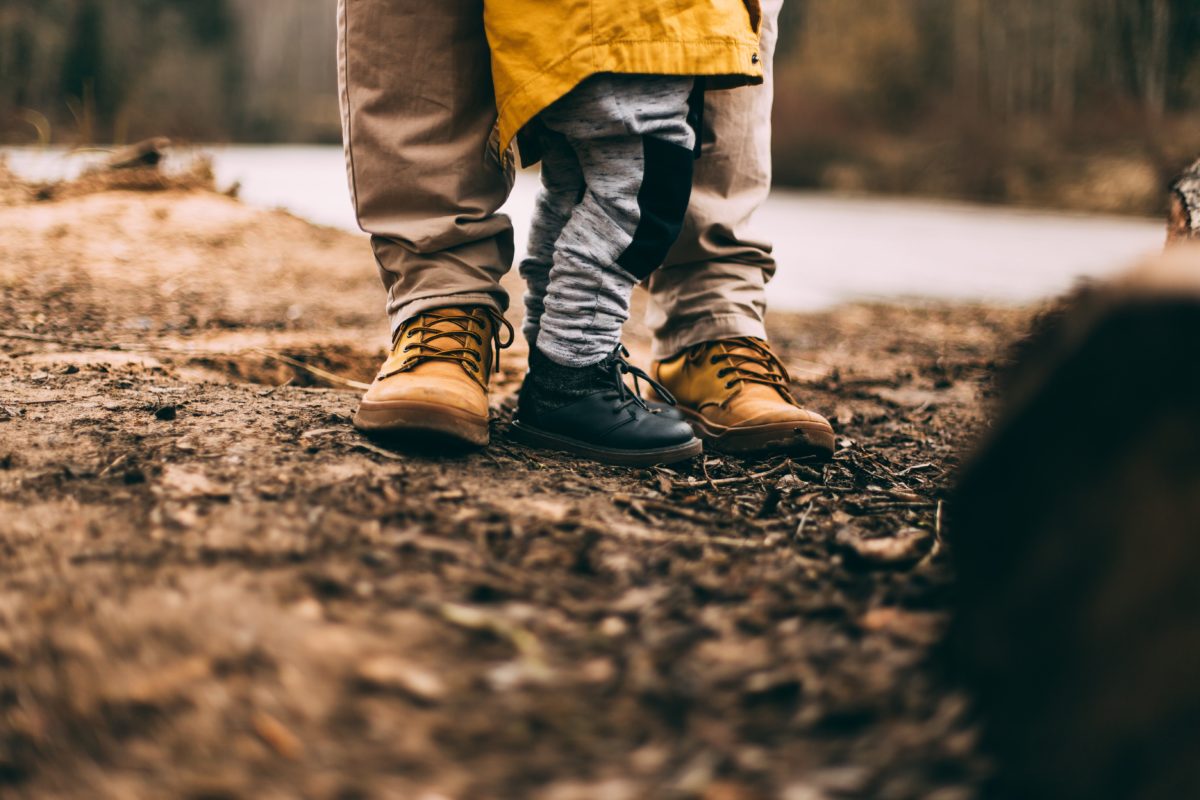Weathering The Storm
- Sign up for your community’s hurricane warning system and Emergency Alert Systems and tune in for the latest weather updates and emergency alerts.
- Keep a battery powered or hand cranked radio in your emergency kit this will help ensure you are able to get important alerts.
- If you find yourself in a hurricane, always put health and safety first, stay in a sheltered area and wait for the storm to pass. Hurricanes cause a great deal of damage, avoid damaged trees, buildings and power lines.
- Be aware of your surroundings and weather conditions – watch for flash flooding.
- If your community has designated shelters, be sure to be aware of their location. Plan for alternate travel routes to reach shelter locations safely.
- FEMA safe rooms or ICC 500 storm shelters are the best options for safe sheltering. However, if not available, take shelter in an interior room without windows on the lowest floor flooding where is not expected, is your next best option.
- Be familiar with your evacuation zone & evacuation routes.
- Review your insurance policies
- Gather needed supplies for at least three days. Keep in mind each person’s specific needs, including medication. Don’t forget the needs of pets.
- If your community has designated shelters, be sure to be aware of their location. Plan for alternate travel routes to reach shelter locations safely.
- Protect your property
- Clear your drains and gutters of any debris that may prevent them from functioning properly
- Inspect plumbing and install check valves avoid backups
- Sandbag if necessary
- Move your priceless treasures out of the basement and put them in the attic in sealed waterproof containers.
- Create an inventory of the valuables in your home.
- Make copies of your important papers including insurance papers, banking information, passports, etc. and keep them in a secure location like a safe deposit box in a bank. Several other things can be stored there too like extra cash, an extra copy of house and car keys, land or home deeds, birth certificates, etc.
- Taking pictures of your items and gathering/coping or scanning receipts for items as you buy them can help to prove ownership and value. Keep your photos, receipts and your inventory in a safe place such as a fire proof safe, on a remote computer or anywhere else that they cannot be destroyed.
Create A Family Emergency Plan
 A family emergency plan is an important part of disaster preparedness. This plan will ensure that you and your family are ready and prepared to endure a disaster situation.
A family emergency plan is an important part of disaster preparedness. This plan will ensure that you and your family are ready and prepared to endure a disaster situation.
.
Create a 72-Hour Emergency Kit
 Put together a 72 hour emergency kit that fits in a backpack. Keep it in your car or somewhere that you can quickly and easily grab as you head out of the house to a safer location should you be forced to evacuate.
Put together a 72 hour emergency kit that fits in a backpack. Keep it in your car or somewhere that you can quickly and easily grab as you head out of the house to a safer location should you be forced to evacuate.
.
Before The Storm – Videos
Michelle Powell2019-10-25T14:29:54+00:00


